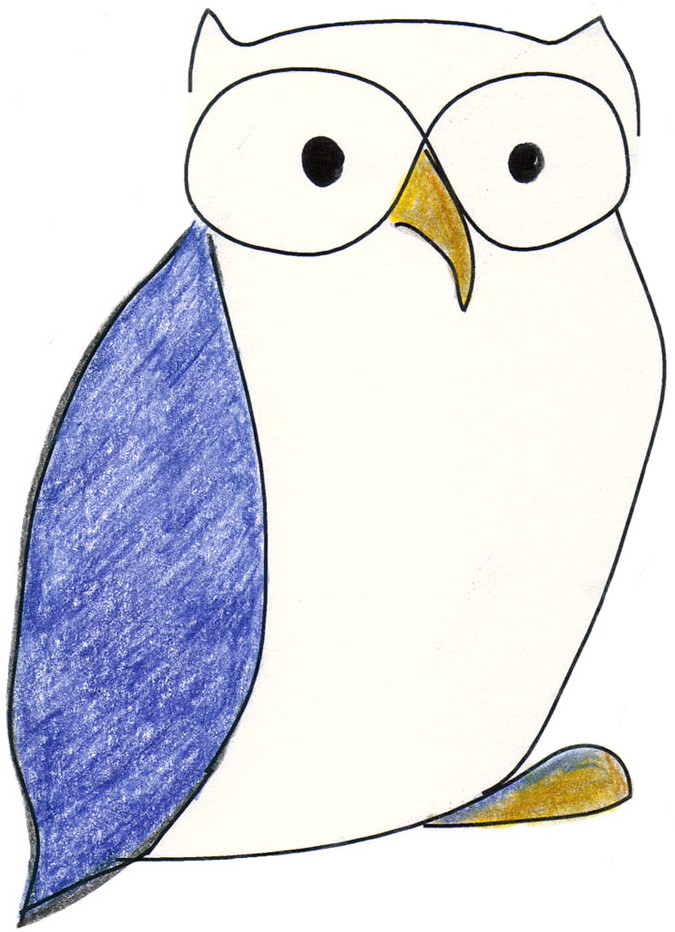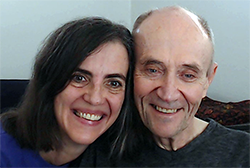Just One Look Forum Archives
Using the Just One Look Method
Hi,
I have been familiar with John & Carla's message for a long time, and until now I did not have a daily practice other than looking at myself whenever it occurred to me during the day. I now include the SDA practice twice daily for a short while now. It has become increasingly clear to me that command over one's 'attention' is somehow key to all the self-directed endeavors.
I have a few practical (interrelated) questions that I hope someone can help me with.
1) Is it critical to shift attention to the out breath? Why the out breath? Would it be possible to achieve the same results focusing on another sensation like the feel of our sit bones on the chair or rubbing one's thumb and forefinger together? Or maybe repeat a word silently?
2) In the "Just One Look" instructions, it is mentioned, "The trick is to try to watch your natural breath, as it would happen without you watching it.". Why is this trick important? If I were to take a guess, #1 and #2 both have something to do with intent. Are we looking at the breath because it is something that happens on its own? That way we can rest attention passively on something that is going on on its own all the time, rather than obsess over where to rest the attention - which triggers the wandering of attention?
3) When I succeed in the resting on the natural breath as mentioned above, or when attention rests, it feels like my attention is somewhere unusual. Here it feels like it is somehow turned away from usual things. 'Oriented Inward' is the best description I have for it. Also, it feels like watching something arise from its source than thinking something. Are these useful observations or just mental commentary?
4) When my attention drifts away (a lot), I get a reminder that I need to move it back. Recently, It feels like I can watch the process where attention moves back in slow motion. A little reminder comes up that my attention has drifted away (as if there is a hall monitor doing the rounds in the brain). And in this special moment, I feel that attention has actually come to rest and oriented in a special direction. This is really the most interesting part of the practice at this moment, is to watch in slow motion as the attention moves back. Just prior to the moving back, there seems to be a point of special recognition or rest or 'inward orientation' of some kind. And the re-focusing feels like a reset. Does anyone see anything useful in these observations?
5) Is the point of counting to 10 a way to learn to rest attention somewhere for an extended period of time? Is this an important skill?
One Additional Comment:
I find it very useful to start with a minute of just closing eyes and not trying to do much. Then I follow it up with a minute of progressive muscle relaxation or slow breathing out through the mouth which relaxes the body. I also end with a minute of just leaving the eyes closed without any particular intention.
Thanks,
V
Also, it seems to me that the essence of the practice is to LEARN what it feels like for ME to INTENTIONALLY move my ATTENTION. Any comments?
The instructions seem to be guidelines. What had been your experience? I do count the out breath now and I observe my natural breathing as well. Before I had a tendency to control the breath so it was in sync with my count. The most practical is just getting started and continuing. The forum encourages me to continue. Thanks for sharing your observations.
Dear V,
Please see our responses after each question:
rvrags001
1) Is it critical to shift attention to the out breath? Why the out breath? Would it be possible to achieve the same results focusing on another sensation like the feel of our sit bones on the chair or rubbing one's thumb and forefinger together? Or maybe repeat a word silently?
We suggest the sensation of the breath in your nose as the focus point because it is reliable. You are always breathing and breathing is automatic. Natural breathing does not take any effort. In the early stages, it seems to be more efficient to focus on the sensation of the breath in your nose and count right after the out breath, in that interval before you start a new in breath.
rvrags001
2) In the "Just One Look" instructions, it is mentioned, "The trick is to try to watch your natural breath, as it would happen without you watching it.". Why is this trick important? If I were to take a guess, #1 and #2 both have something to do with intent. Are we looking at the breath because it is something that happens on its own? That way we can rest attention passively on something that is going on on its own all the time, rather than obsess over where to rest the attention - which triggers the wandering of attention?
Exactly. You are correct in your observations.
rvrags001
3) When I succeed in the resting on the natural breath as mentioned above, or when attention rests, it feels like my attention is somewhere unusual. Here it feels like it is somehow turned away from usual things. 'Oriented Inward' is the best description I have for it. Also, it feels like watching something arise from its source than thinking something. Are these useful observations or just mental commentary?
Examining these things is useful. What does it feel like to pay attention to something? Where does attention comes from? Not to develop a discursive explanation, but to have the direct experience of it. These are useful insights you report but, now that they have come to you, you can let them go. They have done their job.
rvrags001
4) When my attention drifts away (a lot), I get a reminder that I need to move it back. Recently, It feels like I can watch the process where attention moves back in slow motion. A little reminder comes up that my attention has drifted away (as if there is a hall monitor doing the rounds in the brain). And in this special moment, I feel that attention has actually come to rest and oriented in a special direction. This is really the most interesting part of the practice at this moment, is to watch in slow motion as the attention moves back. Just prior to the moving back, there seems to be a point of special recognition or rest or 'inward orientation' of some kind. And the re-focusing feels like a reset. Does anyone see anything useful in these observations?
Yes, the more you pay attention to how attention works, the more you will grok the mechanism. That's how the exercise goes. When you notice that you were distracted, you move your attention back to the breathing sensation. When attention rests on the breathing again, it may feel like a resting point. Good observation.
rvrags001
5) Is the point of counting to 10 a way to learn to rest attention somewhere for an extended period of time? Is this an important skill?
Counting to 10 is just a way to give you a stopping point. It is actually not necessary to count to 10. If you are only able to count to 1 or 2 before you notice that you were distracted and then move your attention back to the breath, the work of gaining control of your attention is being done. The most important part of this exercise is the moment when you notice that you were distracted and your moving your attention back to the sensation of the breath. If you are able to count to 10 without getting distracted, you have good control. This is very hard to do, it takes quite a bit of time to get there with absolutely no distraction. Once you have spent some time doing the exercise twice a day, you will notice subtler distractions. When you get to count 10 without interruption, simply start over at 1.
But before you are able to count to 10 without any distraction whatsoever, you can start using the control you have already gained in your daily life. Remember, the exercise is only a means to an end. The goal is to have control of your attention. So, as soon as you feel able to, start using this skill in your daily life. When you notice that your attention is being hijacked by negative thoughts, harmful thoughts, or simply thoughts that are irrelevant in the moment, move your attention away and place it on the sensation of your breath in your nose. Doing this will also develop your control. After a while, this movement happens naturally.
rvrags001
I find it very useful to start with a minute of just closing eyes and not trying to do much. Then I follow it up with a minute of progressive muscle relaxation or slow breathing out through the mouth which relaxes the body. I also end with a minute of just leaving the eyes closed without any particular intention.
These are very useful suggestions. Each person will find their own way.
Yes, that's it. And to gain that ability to intentionally move attention where you want it to go. That's how you gain control and learn that you have that power.
"Not to develop a discursive explanation, but to have the direct experience of it."
Thanks for mentioning that. A very good point indeed!

